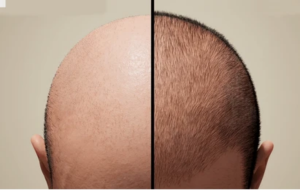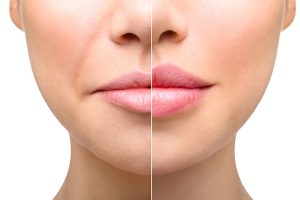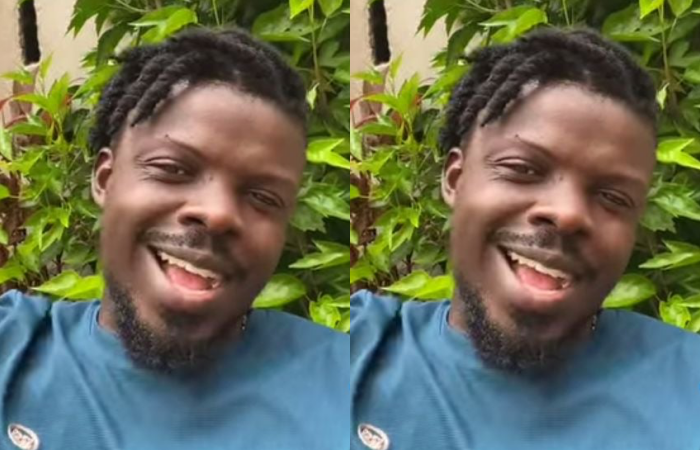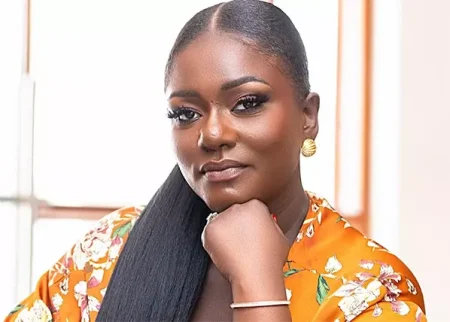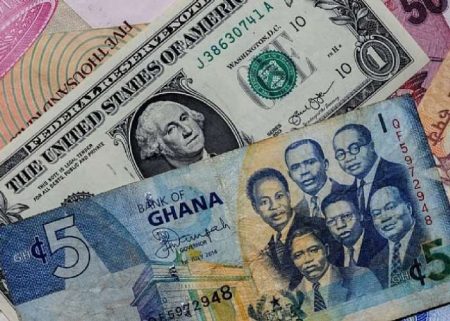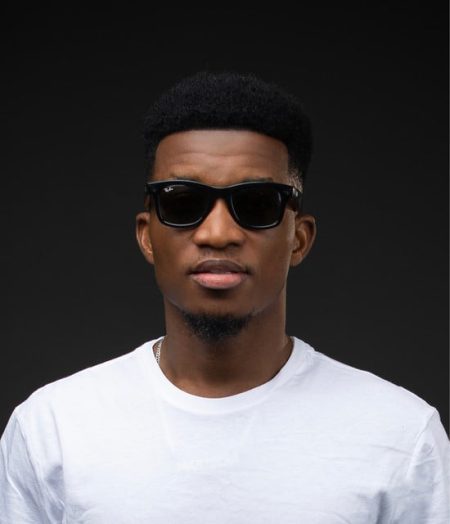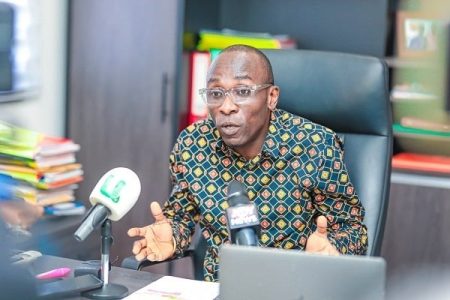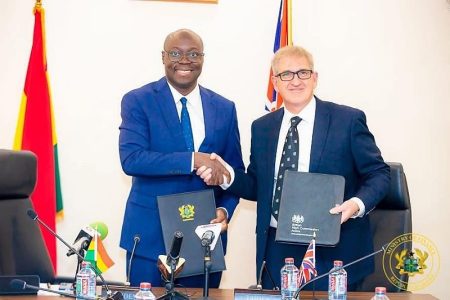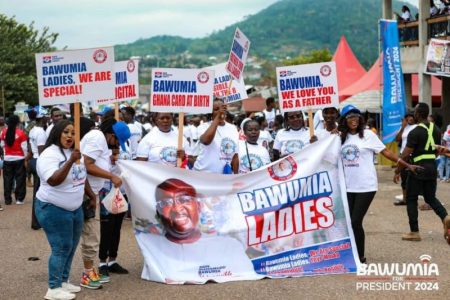This incident, involving a professional photographer allegedly denied entry into a church due to his dreadlocks hairstyle, highlights the complex intersection of personal expression, religious traditions, and evolving societal norms. The photographer, contracted to document a performance within the church, was reportedly stopped at the entrance by the officiating priest and refused admittance based solely on his hairstyle. This act, witnessed by others present, forced the photographer to remain outside throughout the duration of the service, hindering his ability to fully capture the event as agreed upon. This situation raises a number of critical questions about the balance between individual freedom of expression and the right of institutions to establish and enforce dress codes.
The incident sparked a heated debate on social media platforms and within the wider community, questioning whether hairstyle should be a barrier to participation in public life, particularly in a contemporary society that increasingly values diversity and inclusion. Many argued that denying someone entry based on their hairstyle is discriminatory and dismissive of their individual identity. They contend that such actions are rooted in prejudice and outdated notions of acceptability, particularly given the cultural and historical significance of dreadlocks for certain communities. This perspective emphasizes the importance of respecting individual choices in self-expression and challenges institutions to adopt more inclusive practices that embrace diversity rather than enforce conformity.
On the other hand, some defend the church’s right to establish and maintain its own dress code, arguing that it’s a matter of respecting the institution’s traditions and values. They maintain that places of worship, like other private organizations, have the autonomy to set guidelines for appropriate attire, and individuals entering these spaces should adhere to those guidelines out of respect for the community and its beliefs. This perspective emphasizes the importance of upholding established customs and maintaining a sense of decorum within religious settings. However, this argument also raises questions about the potential for such codes to be used to exclude certain groups and whether strict adherence to tradition should supersede the principles of inclusivity and acceptance.
The photographer’s experience sheds light on the broader issue of discrimination based on appearance. Whether consciously or unconsciously, judgments based on hairstyles, clothing, or other external factors can perpetuate harmful stereotypes and limit opportunities for individuals. While dress codes may serve a purpose in certain contexts, they should be implemented thoughtfully, considering their potential impact on different groups and whether they might disproportionately disadvantage certain individuals. Overly restrictive or discriminatory dress codes can create a hostile environment and reinforce societal biases, hindering true inclusivity and respect for individual differences.
This incident also underscores the ongoing tension between tradition and modernization. As societies evolve, so too do cultural norms and expectations surrounding self-expression. Institutions, including religious organizations, face the challenge of balancing their established traditions with the evolving values of a more diverse and inclusive society. Striking this balance requires open dialogue, critical self-reflection, and a willingness to adapt to changing social landscapes. Blind adherence to tradition without consideration for its impact on individuals can perpetuate outdated practices that exclude and marginalize.
Ultimately, the incident involving the photographer and the church raises important questions about the limits of individual expression, the role of institutional dress codes, and the ongoing struggle for inclusivity in a diverse society. It serves as a reminder that seemingly trivial matters like hairstyle can become significant symbols of identity and cultural expression, and that seemingly neutral policies can have unintended discriminatory consequences. Moving forward, fostering a more inclusive and equitable society requires ongoing dialogue, empathy, and a commitment to challenging discriminatory practices, ensuring that individuals are not unfairly judged or excluded based on their appearance. It prompts us to examine the potential for exclusion embedded within seemingly innocuous rules and encourages us to strive for greater understanding and acceptance of individual differences within our communities.


